

Bermuda grass
Although originally from deep in the tropics, particularly in Asia and Australia, Bermuda grass has now also made its way to central Europe.
This is a warm-season grass, known for its high productivity in hot climates. It is resistant to heat and droughts and can hold out against heavy grazing pressure.
'Bermuda grass is mainly grown and used for dairy farms in the tropical regions of Australia, where they have hot, wet summers: ideal growing conditions!'
Jake Connor, Sales Advisor Lely Oceania
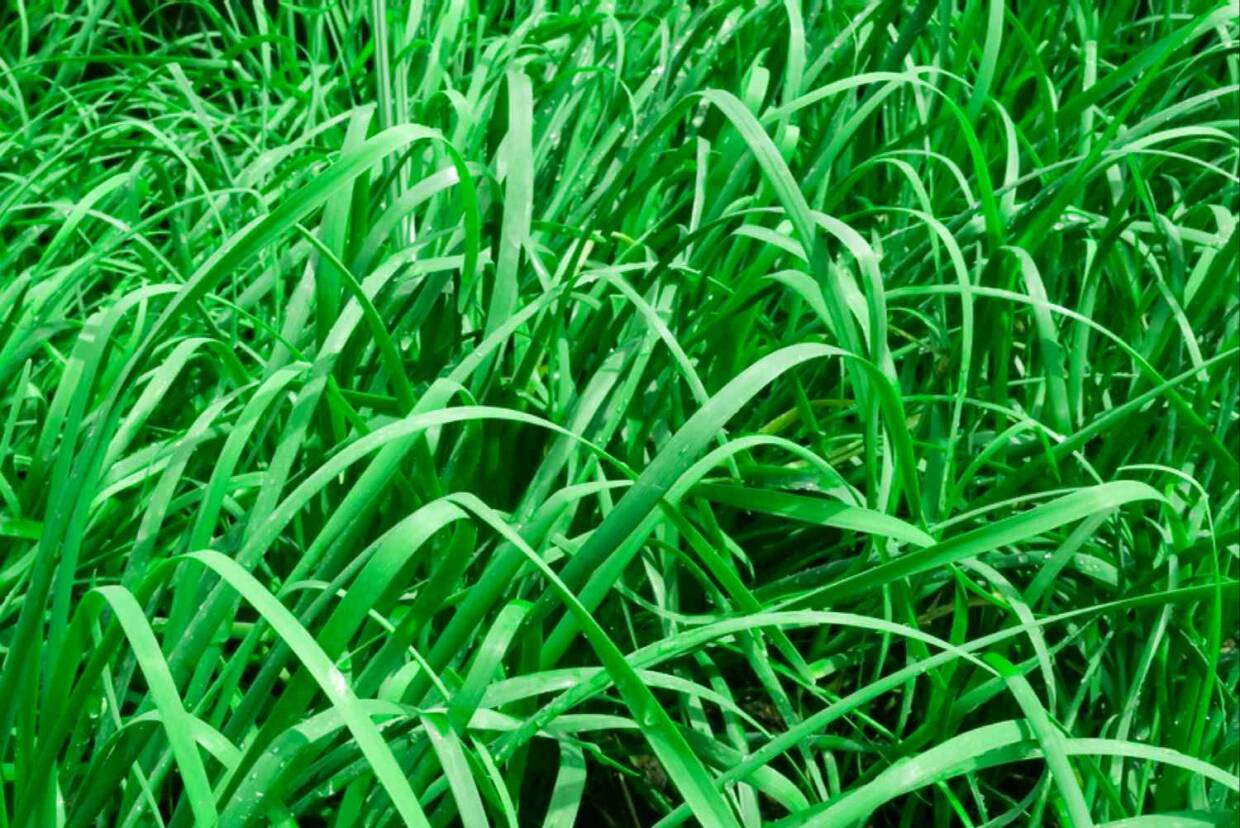
Tall fescue
Tall fescue is originally native to Europe, especially the Mediterranean region, but today it has become one of the most commonly planted cool-season grasses in the USA.
It is used for pasture, hay production and turf. It’s a hardy, deep-rooted grass type that provides good year-round production of quality feed. Additionally, it has a good tolerance to drought, pests and grazing pressure, making it suitable for intensive grazing.
'Tall fescue can grow up to two metres high. If it was left to grow that high, a cow could hide in it!'
Lucie Morgenstern, Farm Management Specialist DACH
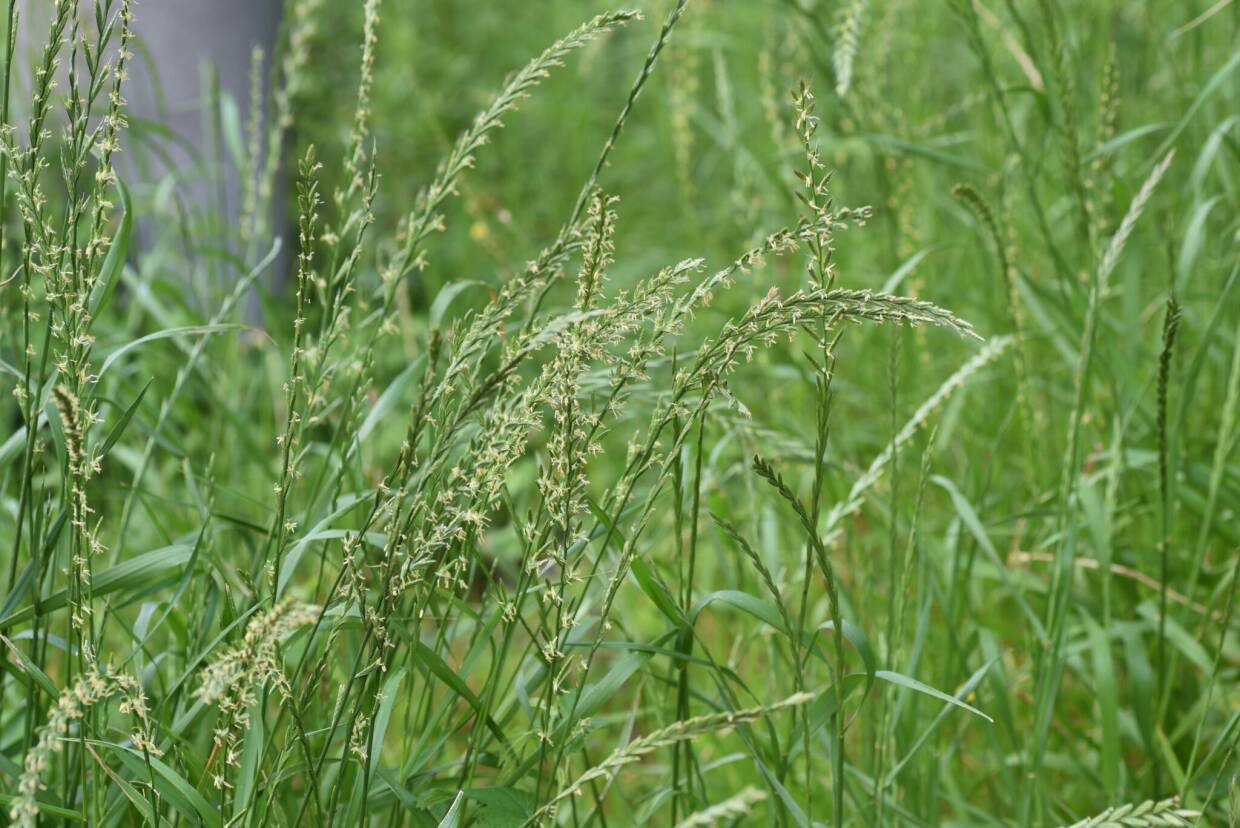
Perennial ryegrass
This grass, which originates from Europe, the Middle East and eastwards to central Asia, is known for its rapid regrowth, making it suitable for intensive grazing systems. As it flourishes in cooler conditions, it is a popular choice for overseeding sports fields and golf courses to maintain green coverage during the colder seasons.
'Perennial ryegrass can grow in a wide range of soil types, including sandy, loamy and clay soils, as long as the soil is well-draining.'
Louise Whelan, Farm Management Specialist Atlantic
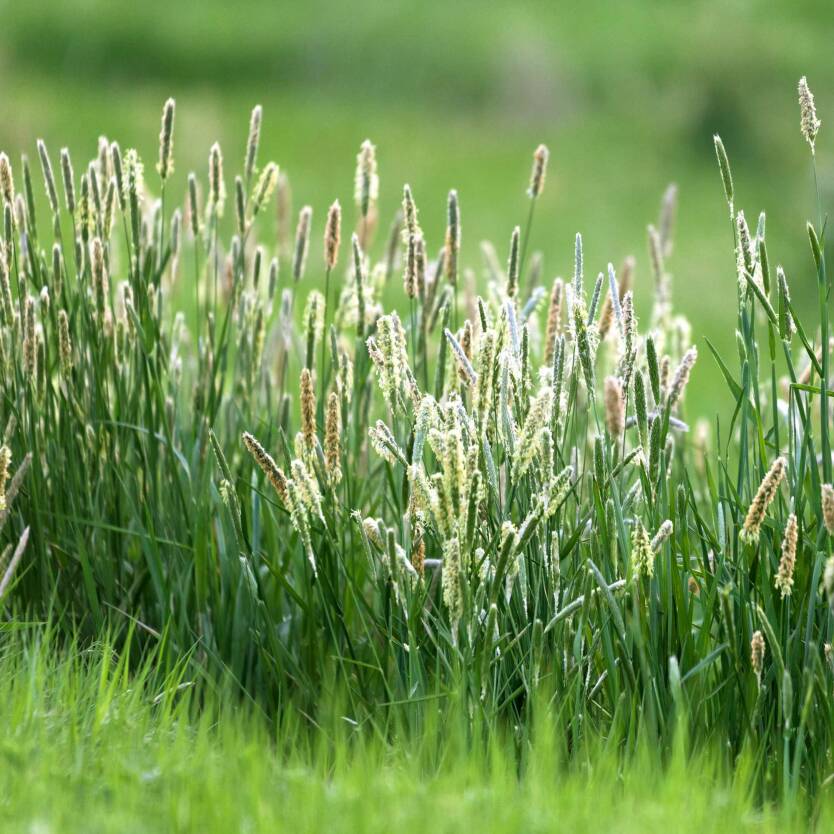
Timothy grass
Timothy grass is native to Europe, Asia and North Africa. It is named after Timothy Hanson, an American farmer who introduced it to the USA. This grass type is very robust and has long flower heads. It grows in clumps that can reach over a metre high, especially in cool, humid areas.
As a common allergen, Timothy grass has been used in the development of a hay fever vaccine. Its main benefit? It can be harvested several times a year if planted in early spring.
'Timothy is a grass type that thrives in cold, wet conditions. Although the summer growth is lower than other grass types, it gives high-quality hay.'
Henk Baarslag, FMS Milking & Cooling
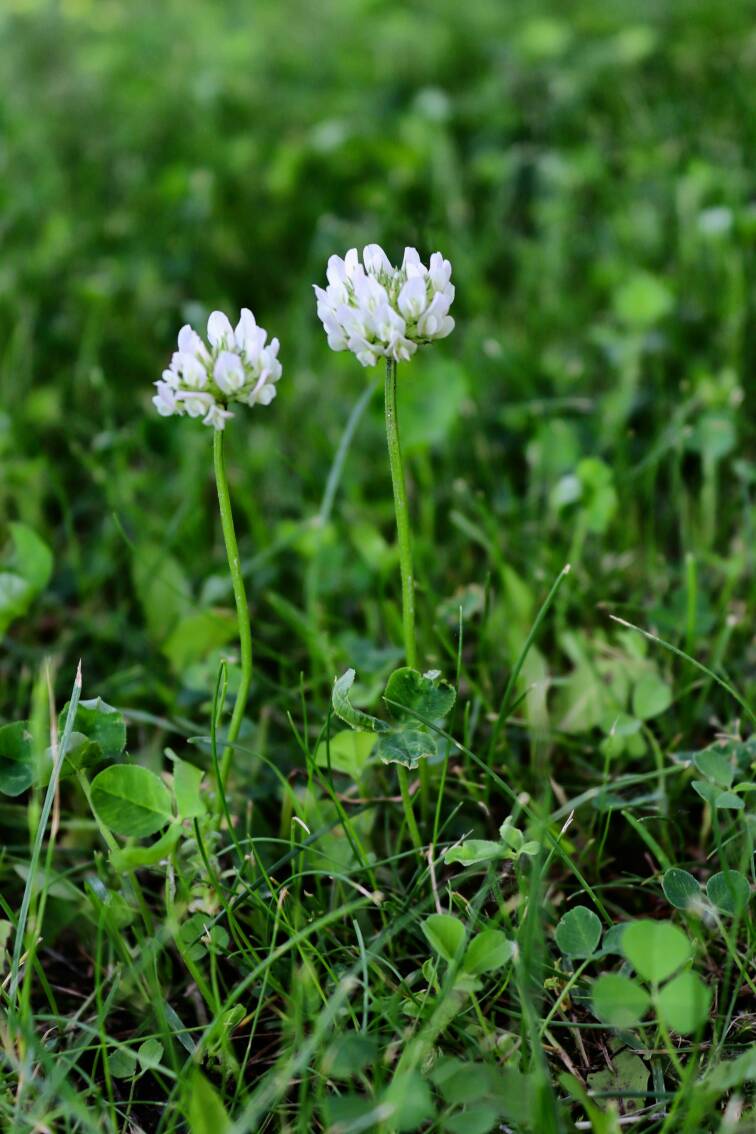
White clover
Originating in Europe, white clover has become one of the most widely distributed legumes in the world. It owes its name to the white colour of its flower heads and thrives best in cool, moist climates.
White clover is one of the most important pasture legumes. It is highly palatable and nutritious forage for all classes of livestock and most wildlife.
'This type of grass ensures more nitrogen in our soils and has a great amount of protein for cows.'
Andres Willer, Regional Sales Manager Latin America
Optimising dairy nutrition
Five nutritious grass varieties
To achieve nutritious dairy products, it is important to consider the nutritional value of the grass fed to dairy cows. The nutritional value of grass is affected by various factors, including climate and soil type. These top-five grass varieties are suitable for all types of farms, whether family-owned, grass-based or large-scale operations.
TOP 5
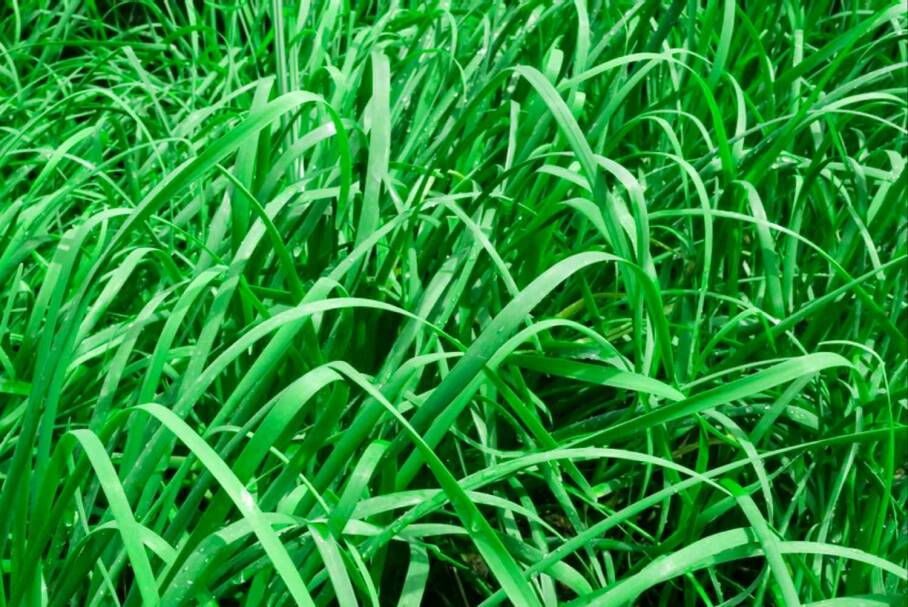
'Perennial ryegrass can grow in a wide range of soil types, including sandy, loamy and clay soils, as long as the soil is well-draining.'
Louise Whelan, Farm Management Specialist Atlantic
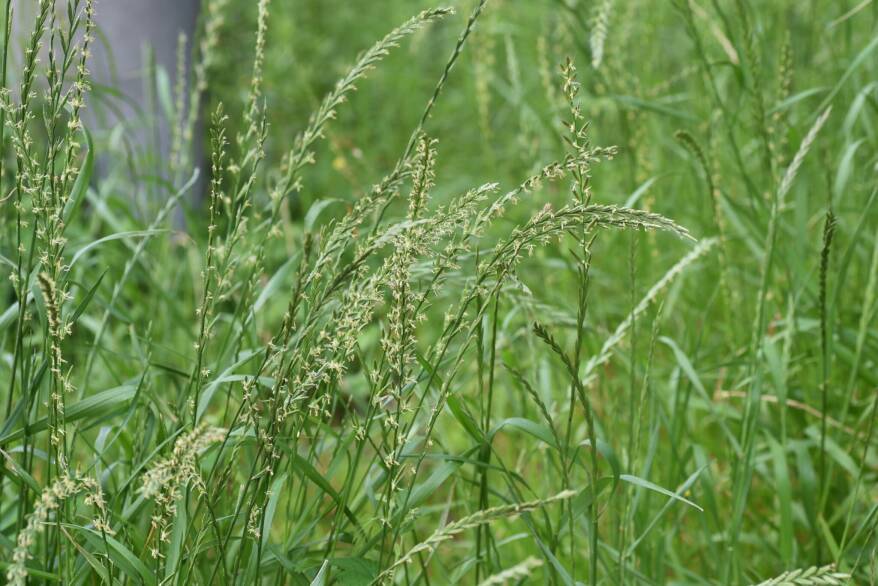
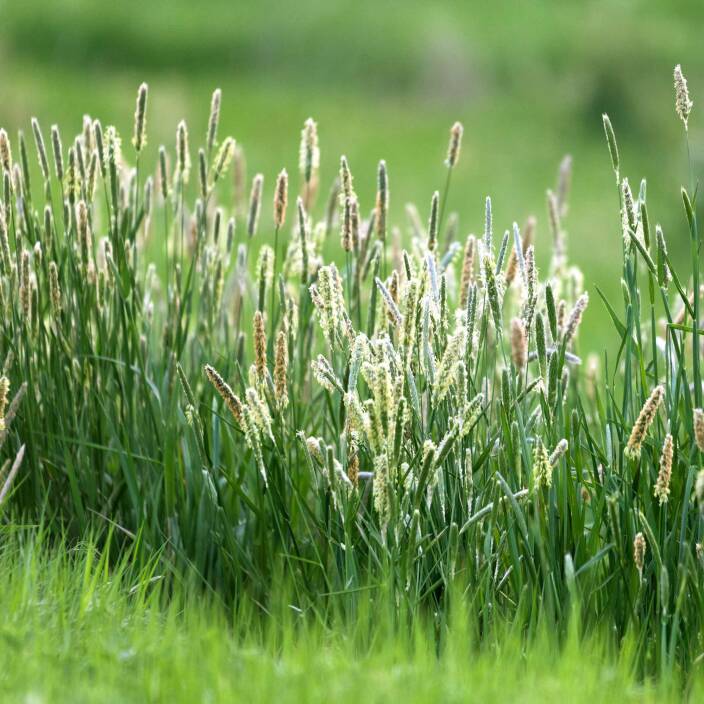
'This type of grass ensures more nitrogen in our soils and has a great amount of protein for cows.'
Andres Willer, Regional Sales Manager Latin America
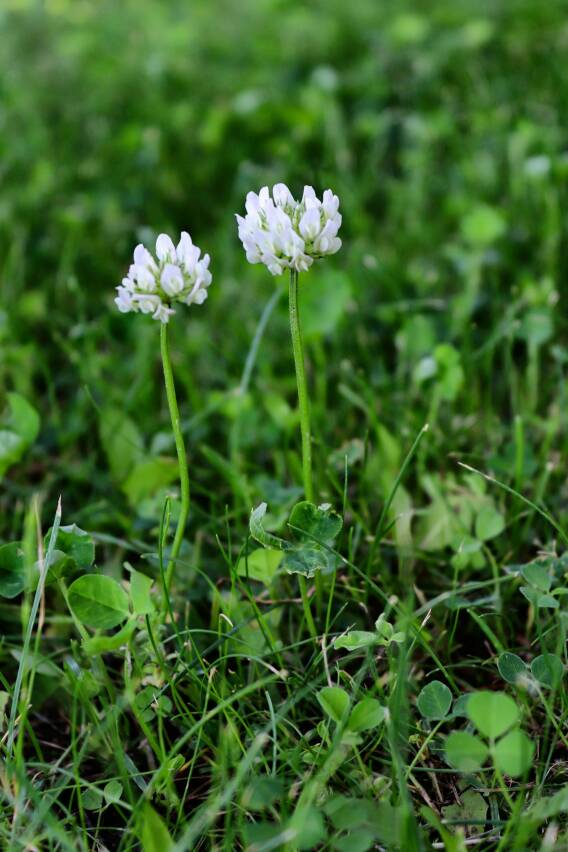
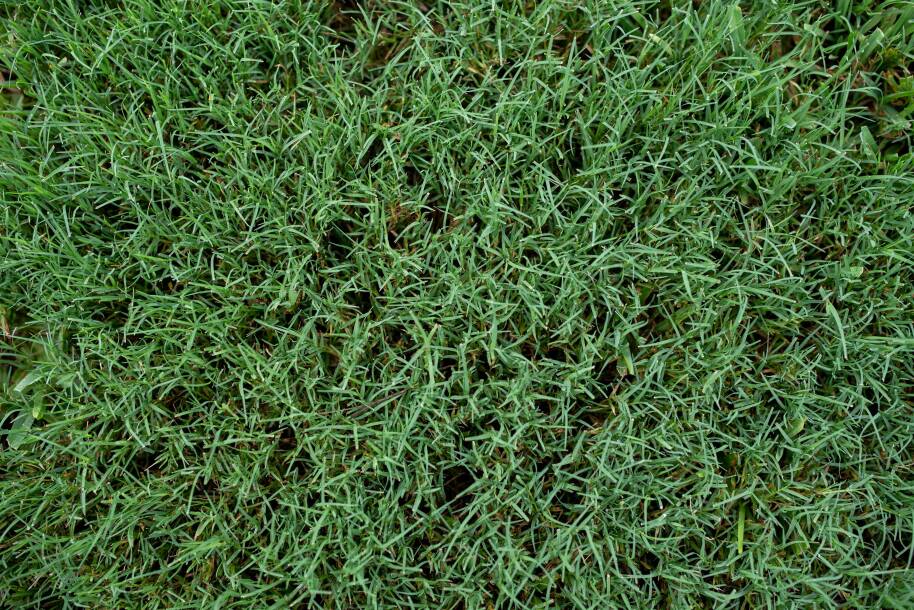
Bermuda grass
'Bermuda grass is mainly grown and used for dairy farms in the tropical regions of Australia, where they have hot, wet summers: ideal growing conditions!'
Jake Connor, Sales Advisor Lely Oceania
Although originally from deep in the tropics, particularly in Asia and Australia, Bermuda grass has now also made its way to central Europe.
This is a warm-season grass, known for its high productivity in hot climates. It is resistant to heat and droughts and can hold out against heavy grazing pressure.
'Tall fescue can grow up to two metres high. If it was left to grow that high, a cow could hide in it!'
Lucie Morgenstern, Farm Management Specialist DACH
Tall fescue
Tall fescue is originally native to Europe, especially the Mediterranean region, but today it has become one of the most commonly planted cool-season grasses in the USA.
It is used for pasture, hay production and turf. It’s a hardy, deep-rooted grass type that provides good year-round production of quality feed. Additionally, it has a good tolerance to drought, pests and grazing pressure, making it suitable for intensive grazing.
Perennial ryegrass
This grass, which originates from Europe, the Middle East and eastwards to central Asia, is known for its rapid regrowth, making it suitable for intensive grazing systems. As it flourishes in cooler conditions, it is a popular choice for overseeding sports fields and golf courses to maintain green coverage during the colder seasons.
'Timothy is a grass type that thrives in cold, wet conditions. Although the summer growth is lower than other grass types, it gives high-quality hay.'
Henk Baarslag, FMS Milking & Cooling
Timothy grass
Timothy grass is native to Europe, Asia and North Africa. It is named after Timothy Hanson, an American farmer who introduced it to the USA. This grass type is very robust and has long flower heads. It grows in clumps that can reach over a metre high, especially in cool, humid areas.
As a common allergen, Timothy grass has been used in the development of a hay fever vaccine. Its main benefit? It can be harvested several times a year if planted in early spring.
White clover
Originating in Europe, white clover has become one of the most widely distributed legumes in the world. It owes its name to the white colour of its flower heads and thrives best in cool, moist climates.
White clover is one of the most important pasture legumes. It is highly palatable and nutritious forage for all classes of livestock and most wildlife.
Optimising dairy nutrition
Five nutritious grass varieties
To achieve nutritious dairy products, it is important to consider the nutritional value of the grass fed to dairy cows. The nutritional value of grass is affected by various factors, including climate and soil type. These top-five grass varieties are suitable for all types of farms, whether family-owned, grass-based or large-scale operations.
TOP 5

